ALL ABOUT CALPE
Calpe is a twenty-five-minute drive north from Benidorm on the N-332. Calpe, also spelt without the 'e' as Calp is instantly recognised by the mighty Penon de Ifach, the huge rock which rises 335 meters out of the Mediterranean Sea. This has stood guard over the town and witnessed its transformation from sleepy little fishing village into tourist magnet
Calpe has a wonderful mixture of old Valencian culture and modern tourist facilities. It is a great base from which to explore the local area or enjoy the many local beaches. Calpe alone has three of the most beautiful sandy beaches on the coast.
The town of Calpe was originally a fishing village. Although it has embraced tourism and a large influx of European residents, it still retains its identity through the local fish market held at the port each afternoon and the Saturday market that simply buzzes with activity.
Calpe Old Town
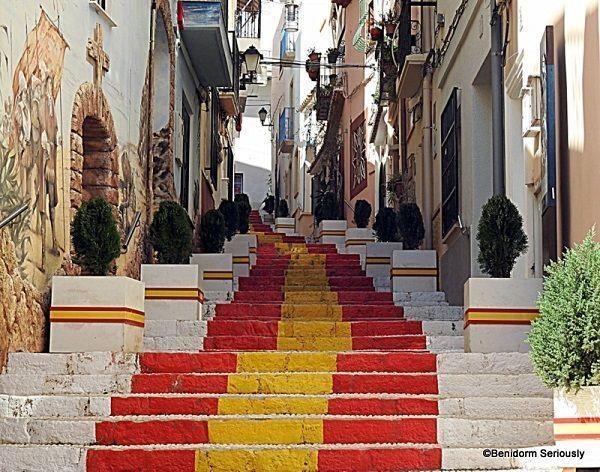
Head uphill on the Avenida Gabriel Miro from the seafront and you will come to an archway with brightly coloured steps leading to Calpe Old Town. This area has a completely different feel to it with the cobbled streets and wonderful Spanish architecture. Follow the signs for the Tourist route from the Placa dels Marines and you will come across some amazing sights.
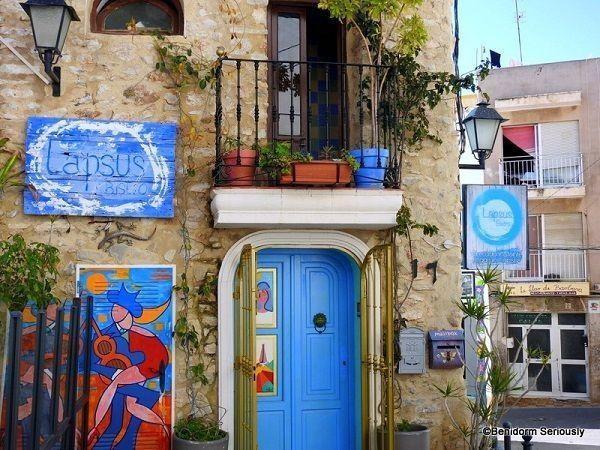
The ancient walls of the town surround an area full of excellent restaurants and bars, as well as the beautiful 15th century church.
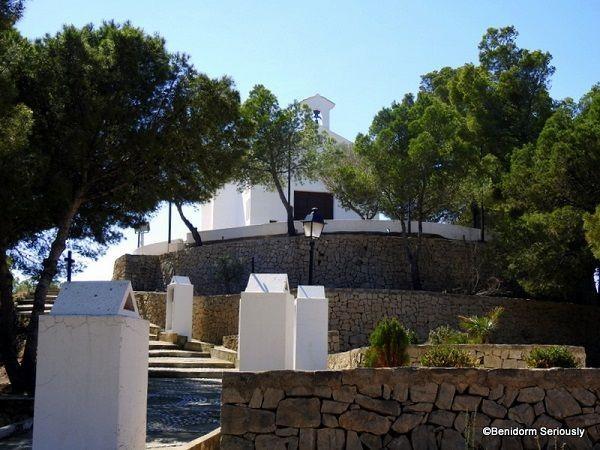
Visit the Museo de Historia y Arqueología de Calpe which is located on Calle Santísimo Cristo and the Torreó de la Peça which can be found in the Plaza de la Vila, which was part of the double defensive wall which was used to defend the city in the 15th century and currently houses the Museo del Coleccionismo.
Enjoy a stroll in the plaza mayor, there is a handy 24-hour car park here which is perfectly situated to enjoy all that the old town offers.
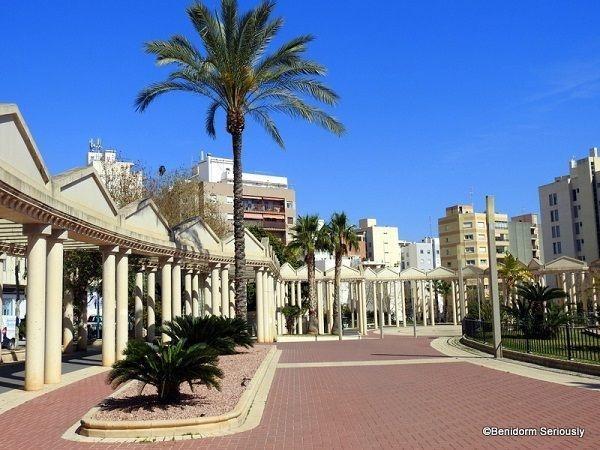
Penon de Ifach
This volcanic boulder, known as Penon de Ifach (rock of Ifach) towers to over 335meters, 50,000 m2. It resembles the rock of Gibraltar, situated further south, so much that the Phoenicians gave it the name of the Northern Rock in order to differentiate it. The Rock of Ifach was declared a Nature Reserve in 1987 due to its rare plants and the colonies of sea birds that reside there.
The summit of the rock is reached after a tough climb up a footpath, by means of a short tunnel through the upper part of the rock. Be warned the path above the tunnel has almost no safety features and is not recommended for anybody with a fear of heights, the very young, or the remotely unfit.
It is a genuinely tough and dangerous climb but from the top, magnificent panoramic views can be had and on a clear day, the island of Ibiza is visible. If you suffer from vertigo or just can't find the energy, then explore the rock from the comfort of the little ferryboat that sails around it. You can catch it from the marina.
March 1st, 2021 - A booking system is to be introduced, to limit numbers to a maximum of 300 people a day, who can access the route to the top, more info to follow.
If you are not up for the tough climb to the top, there is an easy 10-minute stroll around the base of the rock, from where you can enjoy some amazing views.
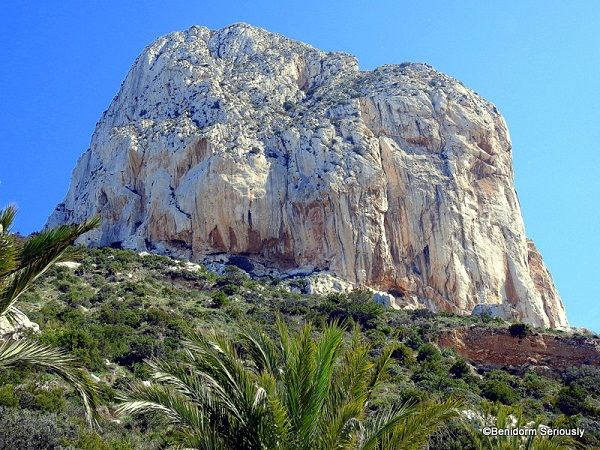
Calpe Port
The "Royal Calpe Yacht Club" is the town's most important harbour, with extensive, first-rate facilities, and also a lively atmosphere The Port is sort of divided into two, the fishing area and the yacht club area, enjoy a meal at one of the many fish restaurants that can be found here.
Visit the famous Bofill Buildings - Partida la Manzanera 2, 03710, Calpe
La Muralla Roja, Spanish for 'The Red Wall,' is a housing project located within the La Manzanera development in Calpe. Formed like a fortress, the project appears as if it is emerging from the rocky cliffs it sits on and offers fantastic views over Calpe.
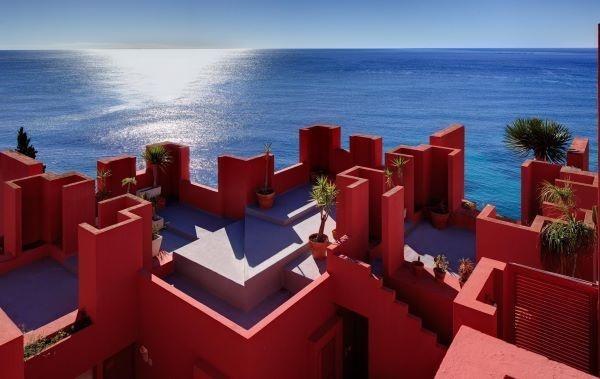
The architect Ricardo Bofill left his mark of identity in the town of Calpe, with three incredible structures sitting on the edge of the Mediterranean: La Muralla Roja, Plexus and Xanadú. The avant-garde work of the Catalan architect was built in 1972.
Beaches
The three golden beaches sweep around the coast ending at the rock. The modern promenade lined with café bars and restaurants allows you to wander along the length of the seafront taking in the large marina and the old fishing port.
The two main beaches are Playa Levante (La Fossa), and Playa Del Arenal (Bol)
La Fossa beach
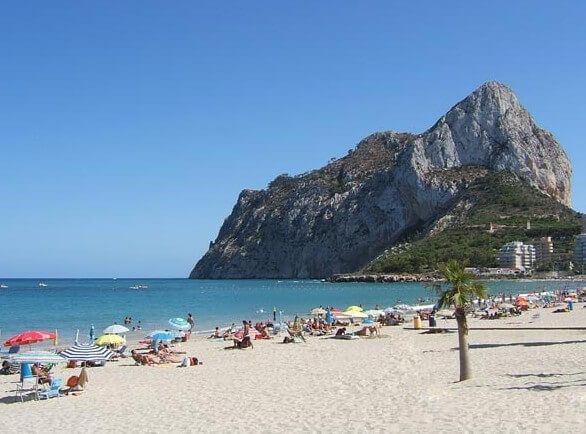
History
Calpe is a town rich in history and culture and its strategic position on the coast has attracted many settlers throughout history. Remains of Iberian tribes have been found around the town. Later, the Romans founded Calpe as a prosperous colony, whose main activity was drying and salting fish.
Christians and Moors lived peacefully for a time but were subjected to attacks by pirates during the 14th-17th centuries.
The peace of the 18th century enabled Calpe to regenerate and form the current tourist location.
Sightseeing & Culture
When it comes to sightseeing, the ancient town centre, next to the Moorish quarter is a good place to start. The old town walls and the church known as Iglesia Vieja are well worth visiting. This church is the only remaining example of Mudejar-Gothic architecture within Valencia.
Alongside the modern Paseo Maritimo are the recently discovered remains of a Roman villa, once forming part of the Roman fish factory, known as the Banys de la Reina (Queens Bath).
Overlooking the Mascarat ravine are the ruins of the Moorish Castle of Calpe and all over the local countryside are the typical rui-rau country houses, with arched porticos for raisin drying.
The town centre is also home to the Museum of archaeology and the Fiestas Museum.
Calpe Salt Flats - Las Salinas
The salt flats are located in a marshland close to the centre of town, near the base of the Peñón de Ifach. These were formally a working salt mine, but have not been active since 1988, but for centuries the salt mines were the livelihood for many local families.
During the Roman Empire, the salt mines were already fully operational, and produced large quantities of salt to flavour and preserve their food such as fish and meat
1n 1993 this area was declared a maritime zone and a protected natural area which is a rich but fragile ecosystem and is a place for hundreds of species of natural flora and fauna and attract more than 160 species of migratory birds, the most famous being a large population of pink flamingos and storks.
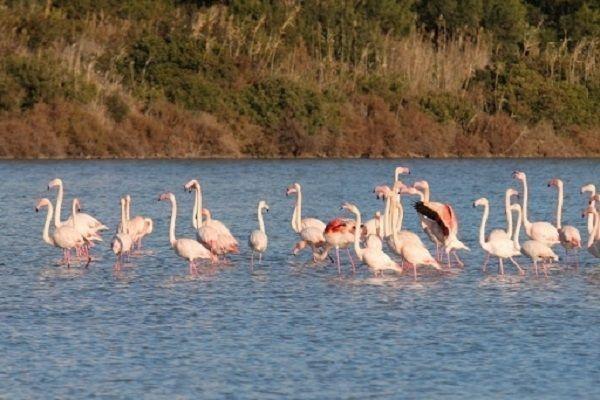
There is a rough cycle track round the lake and also a walking route which start on Avenida de Ejércitos Españoles and then Avenida Juan Carlos I.
Cuisine
Cuisine from the Costa Blanca combines delicacies from both land and the Mediterranean Sea. Many civilizations have lived in this area (Celts, Iberians, Greeks, Romans, Muslims), all of which have all left their mark on the gastronomy.
The diet is a typically, healthy Mediterranean one; the Costa Blanca is rich in fish, vegetables, olive-oil, rice and fruit and the ingredients which are all used to prepare delicious, healthy dishes, such as Paella Valenciana, Arroz Negro (black rice), Arroz al horno (Oven baked rice), Arroz a banda (fish and rice stew), Arroz del Señoret (Prince's rice).
If you have a sweet tooth, then you will enjoy the local homemade pastries and deserts that the area is famous for. Or Jijona ice-cream (Nougat), which is made with the almonds of the region.
While on the Costa Blanca you can delight the palate with the wonderful regional wine selection. It’s worth giving a special mention to the local wine ‘Jalon’, due to its quality and bouquet.
There are many international restaurants close by offering a wide choice of different cuisines from around the world.
Leisure & recreation
The port has a nautical club and facilities for yachting, windsurfing and water skiing. If its dry-land sports, you want then the rock of Ifach offers climbing facilities.
Golf
The Ifach golf course is situated in Moraira (Benissa) on a country estate. The challenging course offers magnificent views of the sea and mountains. It’s a nine holes course and although the holes are quite short, the terrain and the narrow fairways make them tricky and entertaining.
Within one hour’s drive there are a good selection of golf courses to keep the fans of this Scottish game thoroughly entertained.
For the Family
If you are looking for things to do with the family in Calpe, take a visit to FAMILY PARK. Open every day, (opening hours vary during the year) FAMILY PARK is an amusement park offering fairground rides for all the family. Find the park at Av de los Ejércitos Españoles (next to the Salinas).
Climate
Calpe enjoys a typical Mediterranean climate, with cool sea breezes in summer and protection by surrounding mountains against the cold North winds in winter. The area averages nearly 3,000 hours of sunshine each year and the average temperature easily exceeds 20 degrees.
In 1986 the World Health Organisation recommended the climate of the area as one of the most equitable in the world - neither too hot in the summer nor too cold in the winter. On average it can boast 325 sunny days each year making it an ideal all year-round destination.
GETTING TO CALPE FROM BENIDORM
By Boat
Calpe Mini Cruse from Benidorm, experience some of the most beautiful views of the coastline. The trip lasts only one hour, but it is well worth it.
*Please note boats from Benidorm to Calpe DO NOT run all year round.
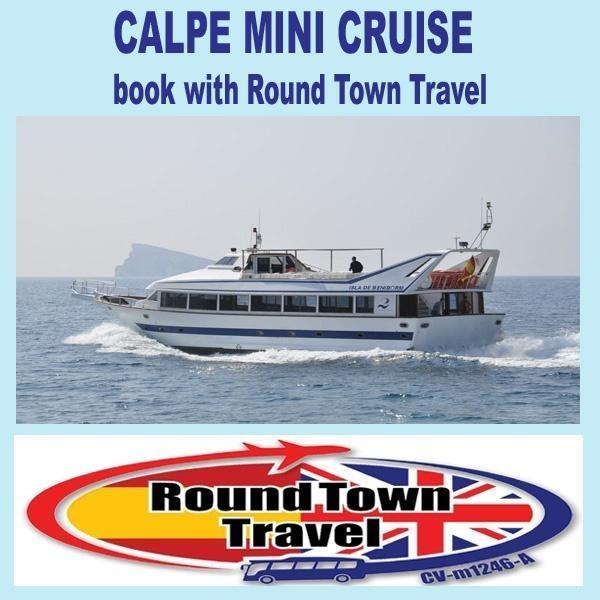
Drive - 23.7 km roughly 25mins, via the AP7 and the N332 or 37 minutes via the scenic N332, 21.3km
A taxi from Benidorm to Calpe will be approximately 35€ - 40€
ALSA Bus Service
Details of the bus service can be found HERE. To use the website, click on the English flag, then select Departure Point as “Benidorm” and Destination as “Calpe”. You will then see the full range of times available.
Train/Tram Service
Details of the Train service are on this page:
Calpe Local Bus Service
Once in Calpe, you will need to use the local bus service to get to the fish market. Autobuses Ifach S.L. runs the local bus service in Calpe.
There are 2 main services, one around the resort from the Train Station to La Vallesa, and the other from Calpe to Moraira and Teulada.
FIND MORE PLACES TO VISIT ON THE COSTA BLANCA NORTH
Calpe in the 1960s
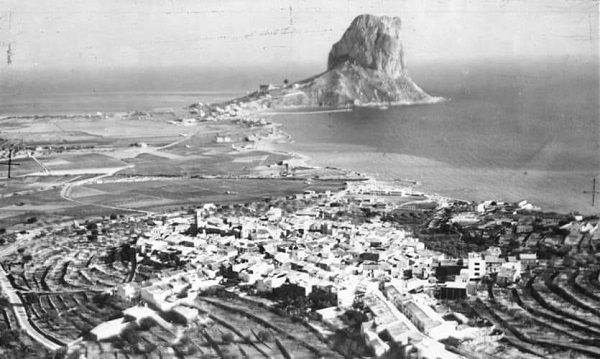




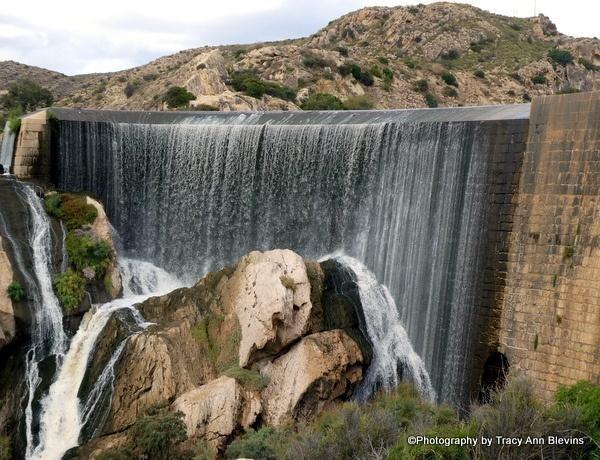
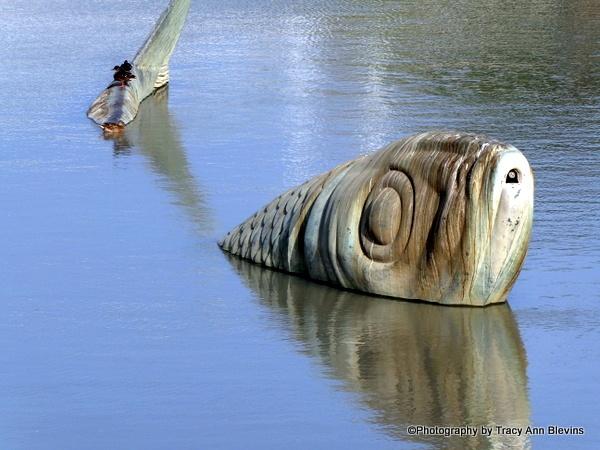
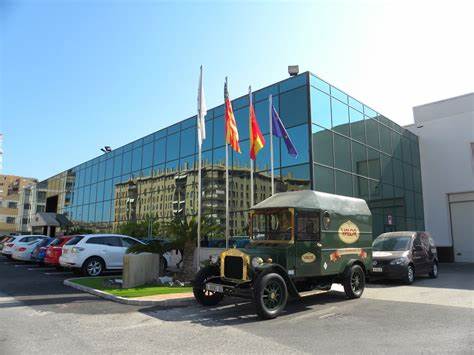
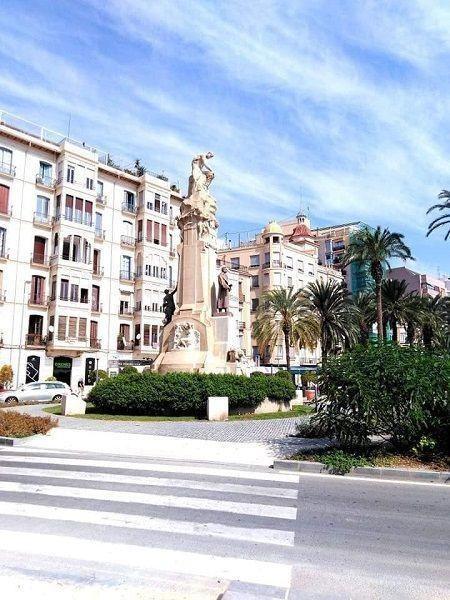

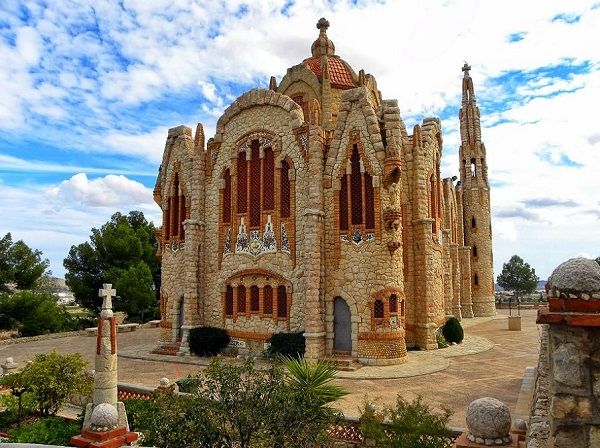
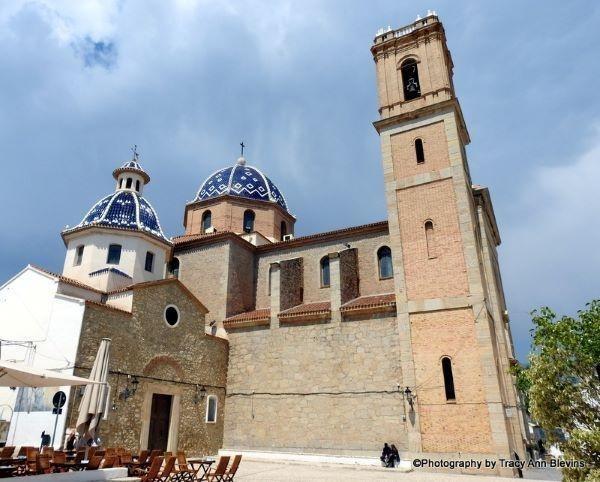
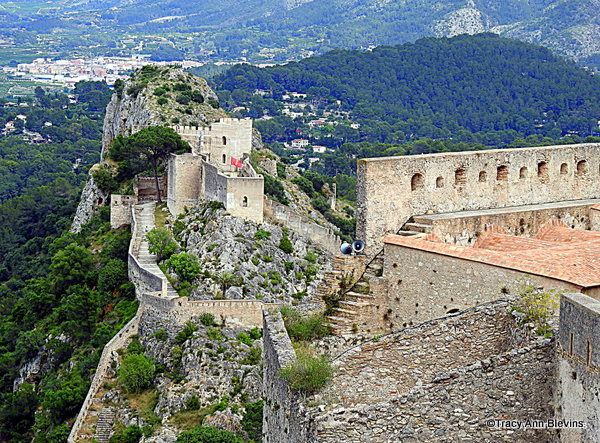
Bus back to station is about 18mins past the hour from the front at the old town, and tram back to Benidorm is a 15 mins to the hour More ...